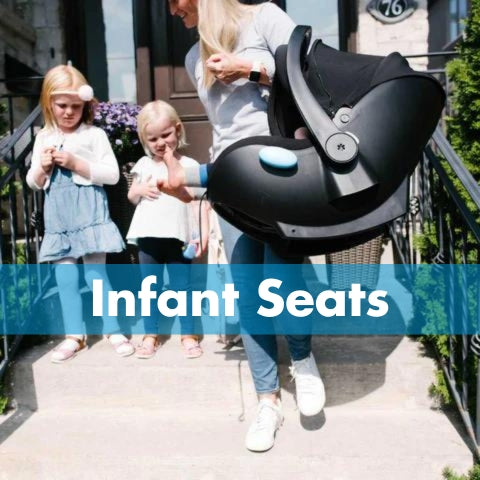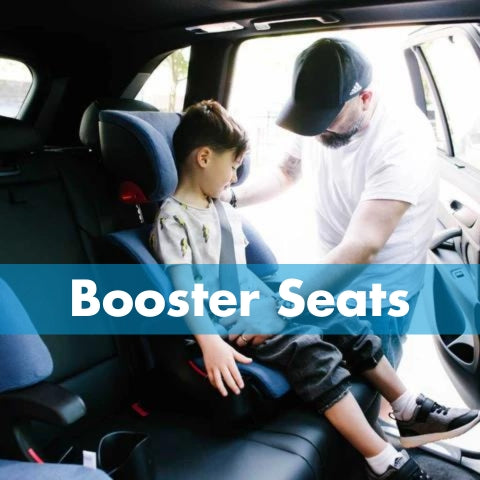What is the difference between car seat laws and best practice?
Better yet, what does best practice even mean?!
According to the National Child Passenger Safety Certification Training Program in the U.S., “Best practice is the gold standard of protection (while following manufacturer instructions). It is the safest way to transport a child based on the child’s age, weight, height, and development levels.” This is one of the first things Child Passenger Safety Technicians learn when they are taking their course to become certified.
It is common for people to think that the law represents the safest way for their child to travel. This, however, is not always the case. State car seat laws vary widely across the U.S. They are often subject to many modifications and compromises along their journey from a bill to law (often out of concern that a law that’s closely aligned with best practice would not be well received by the public). While state car seat laws are constantly changing, and slowly edging towards best practice, they should still be considered the minimum precaution. Education is the most powerful tool we can offer when it comes to car seat safety. The more people who are educated on what best practice is and why it’s important, the more accepting they will be of it, and the more likely they will be to practice it.
It is common for people to think that the law represents the safest way for their child to travel.
This, however, is not always the case

A quick look at best practice
- According to the American Academy of Pediatrics a child should sit rear-facing as long as possible, preferably until he or she reaches the limit of the convertible seat in rear-facing mode. Rear-facing protects the most fragile parts of a young child's body: their head, neck, and backs. Positioning the car seat to face the back of the vehicle gives a child the best possible protection in a crash.
- Once a child turns forward-facing, keep them harnessed until they reach the limit of their seat in forward-facing mode. Once outgrown, decide if the child is ready to move on to a booster seat. This can be determined by their age, height, weight, and most importantly, their developmental level. Are they mature enough to sit in a booster seat safely (i.e. leaving the seat belt in its proper position, not slouching or leaning, not trying to escape, etc.)? If the child is not ready for a booster seat, find a seat with higher forward-facing limits that will accommodate the child in harnessed mode longer.
- Keep children in boosters until they can pass the 5-Step Test
- Keep children in the back seat until at least age 13. Frontal airbags are designed for adults, not children.
For information on your state/province’s current law and best practice, visit our Safety Seat Law Guide




